Market-Garden: Just Grass
In September of 1944, the German army in the Netherlands found itself in disarray. Only four short months prior, the Allies had stormed the beaches of Normandy, their relentless advance carving through France and now Belgium with an alarming haste. The recent capture of Antwerp, Europe’s second-largest port, brought them close to the Dutch border. German soldiers, once formidable, were now deserting their posts, some even seeking directions to the German border from Dutch civilians whom they had effectively imprisoned for five long years.
Reports circulated that the Wehrmacht’s fighting spirit in Holland was shattered, with remaining units comprised of children and elderly men. This intelligence shaped the British high command’s plan to conclude the war by Christmas. Their strategy involved deploying paratroopers behind enemy lines to seize vital bridges, clearing the path for the British XXX Army Corps’ northern advance. It was a daring gambit, one reliant on a delicate alignment of favorable circumstances.
Driving eastward from Amsterdam, I found myself transported back in time, 79 years to that very day when this grand operation ultimately crumbled. My initial encounter with this operation, the largest airborne assault in history, occurred during boyhood as I watched Band of Brothers. Readers of this blog may know of my somewhat unhealthy fixation with retracing Easy Company’s footsteps across Europe, from St. Mere Eglise in Normandy to Bastogne and Foy in Belgium, to Berchtesgaden, Germany and Zell am See in Austria (see the Band of Brothers tag at the right for all these stories). Easy Company and the 101st airborne played a crucial role in Operation Market Garden: tasked with landing near Son to secure bridges essential for the British push toward Nijmegen, failure here would mean failure of the entire operation.
My journey started from the expansive estate at Oosterbeek, the former headquarters of British Major General Roy E. Urquhart after the landings on September 18th, it now stands as an airborne museum housing a collection of battle artifacts and tributes to the valiant soldiers who fought there. Notably, Colonel Frost’s second battalion of the First British Airborne Brigade, whose gallant but doomed defense on the Lower Rhine River in Arnhem became the subject of the best-selling book A Bridge Too Far.
After visiting the museum, I inquired at the gift shop about the locations of the paratroopers’ drop zones. The lady’s response was simple but fitting, “it’s just grass.” I wasn’t quite sure what she thought I expected, but I graciously thanked her for the information.
Indeed, the lady’s assessment was accurate. The vast expanse where the paratroopers touched down remained, as it always had, “just grass.” I suspect the Allied high command intentionally chose this location for that very reason, in fact. Drop Zone Y, located just east of the town of Ede, served as the landing site for hundreds of British Dakota gliders. Around midday on September 18th, thousands of troops descended and swiftly pushed eastward toward Arnhem.
Initial intelligence suggesting that German forces in the Netherlands were spent and incapable of substantial resistance proved grievously mistaken. What the Dutch underground interpreted as a German exodus from the country turned out to be a strategic regrouping. The German High Command, the OKW, had long dreaded an airborne flanking maneuver, and when it materialized, they responded with the ferocity of a cornered beast. Those expected to be the ‘old men and children’ of the Wehrmacht, as per the intelligence reports, were, in fact, the battle-hardened veterans who understood that failure here meant an Allied incursion into Germany’s vulnerable flank, spelling the end of the war.
The battle raged fiercely along the operation’s entire front, but neither the British nor the Americans succeeded in securing and holding the vital bridges. While the British ground forces made some progress in southern Netherlands, overall, the operation faltered. Of the 10,000 paratroopers who descended onto Drop Zone Y, where I stood, approximately 8,000 met their fate in death or captivity at the hands of the Germans. As the operation unraveled, there was nowhere to turn for these men, deep behind enemy lines.
On this day, the landscape painted a tranquil picture: a couple flying a kite, cyclists passing by, and children frolicking in the field. It was a stark contrast to the death and destruction that had once scarred this place so many years ago—the gliders crash-landing in the fields, men swiftly regrouping and heading eastward, while the Germans emerged from Ede to encircle them. Overhead, an armada of C-47s made its way back to airfields in England. I retraced my steps, returned to my Nissan Leaf, and headed back to Amsterdam.
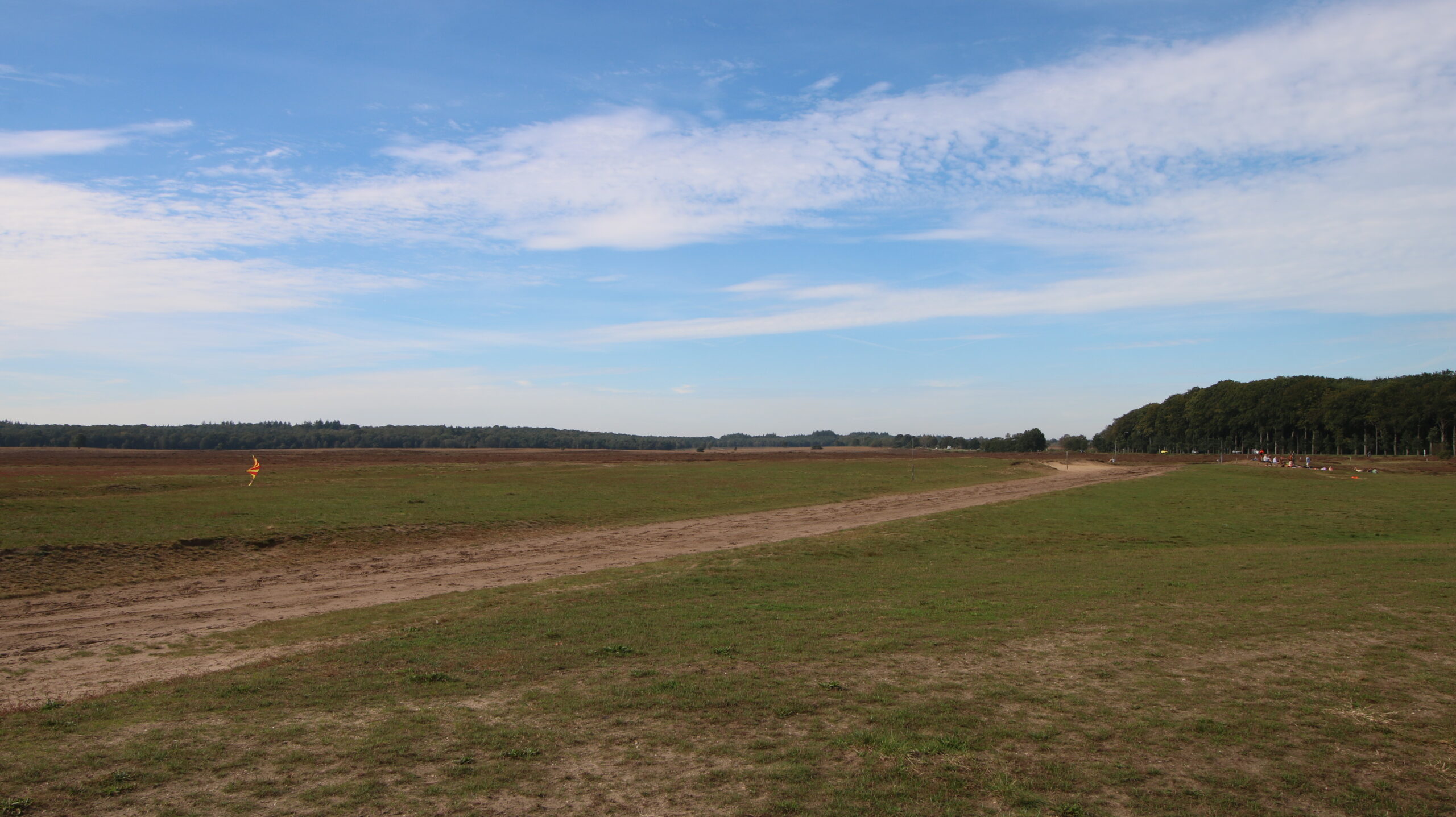

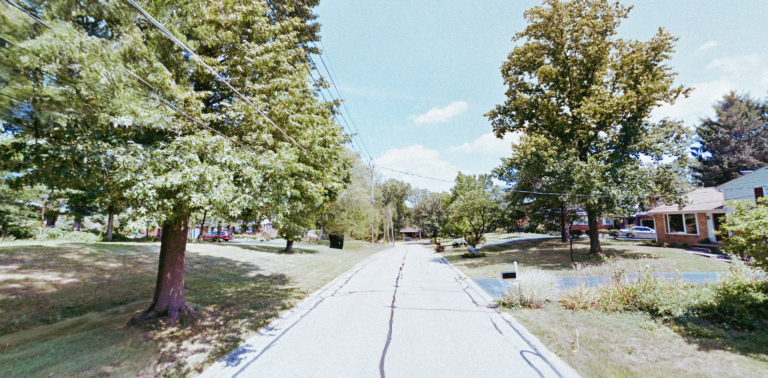
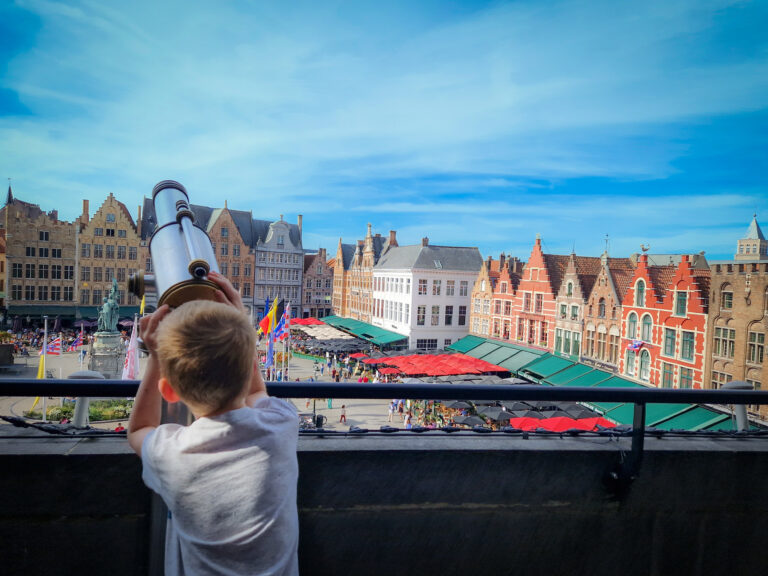
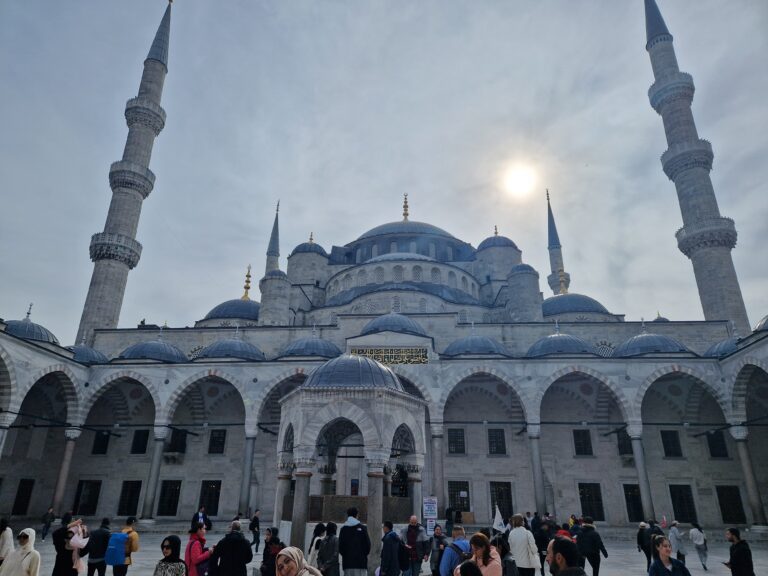

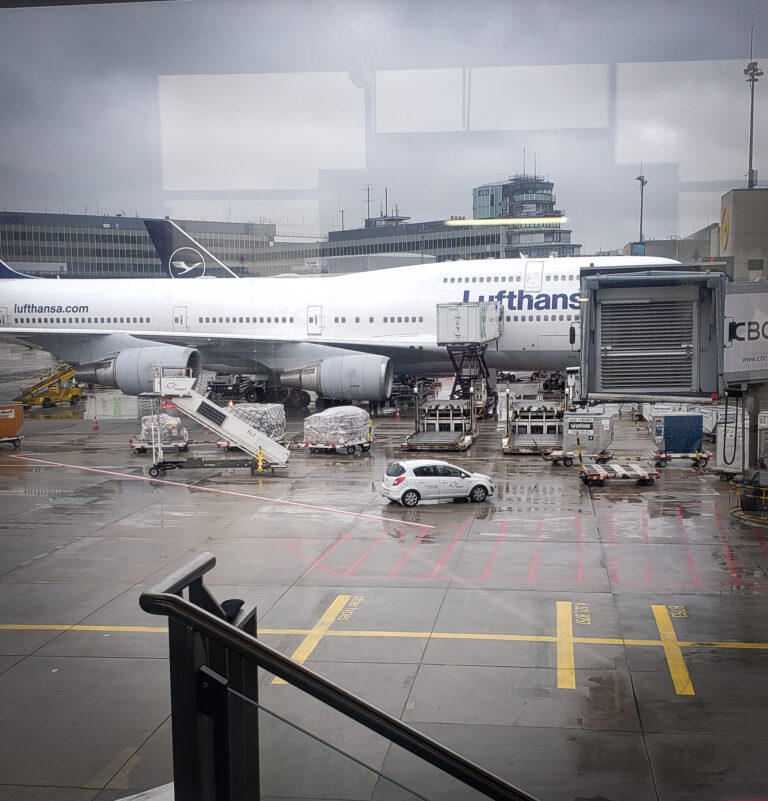

What a beautifully written story. 8000 met their fate, reminds me of our visit to Antietam. You are amazing😄
It’s just grass but the history in that field is substantial. Wild now to look at these benign places and know how fierce the fighting was then.
Yes – very cool to see and imagine the time when it happened. Check out the Band of Brothers episode “The Replacements”.